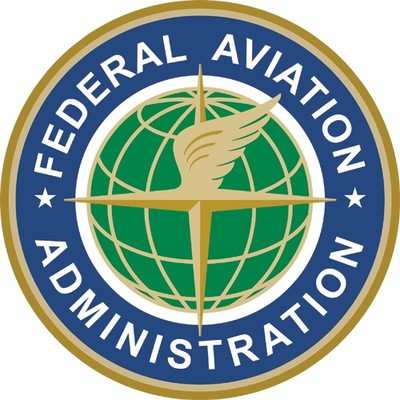Wed, Oct 08, 2014
Your Valid Pilot Certificate And Compliance With Medical Requirements Are Important, But Recency Of Experience May Determine If You Are Legal To Fly Or Carry Passengers
Airline and military pilots have a built-in system that keeps them current. By current we mean they meet certain flying requirements to be legal to act in their pilot-in-command (PIC) capacity and be able to carry passengers. With general aviation pilots, it’s up to the individual pilot to maintain the recency of experience requirements.

The first requirement that usually comes to mind is the flight review. To act as PIC, the pilot must have received a flight review within the previous 24 calendar months. A flight review is just what the name implies; it’s a review. FAR 61.56 requires a minimum of one hour of ground training and one hour of flight training. Remember, if a pilot is not up-to-date with a flight review, that pilot is not allowed to fly as PIC with or without passengers, and is also not legal to be PIC flying to an airport to receive the flight review.
Okay, you have your pilot certificate and meet the medical requirements, and your flight review is current. This means you can just load your passenger and go, right? Not exactly; you must also have made 3 takeoffs and landings within the preceding 90 days to be legal to carry a passenger (this is 90 days, not 3 calendar months). In a nose-wheel equipped plane, these takeoffs and landings may be touch-and-goes, but in a tail-wheel plane, they must be to a full stop. If you are planning a night flight, you also have to meet the “3-in-90” rule for nighttime flying and these landings must also be to a full stop.
Remember, if you are out of date for a flight review, you may not pilot any certificated aircraft as PIC, but if it’s only the “3-in-90” takeoffs and landings that needs updating, you can meet the requirement in solo flight and then load your passenger (if they are willing!). There is no regulation requiring the logging of all flight time, but be sure to log enough takeoffs and landings to be able to prove you are current for passenger carrying.
More News
Airplane Bounced About 3 Ft Then Touched Back Down And Then, With No Brakes Applied, The Airplane Began Veering To The Left Analysis: The pilot entered the airport traffic pattern >[...]
Aero Linx: British Microlight Aircraft Association (BMAA) The primary focus within all aviation activity is SAFETY. In all aspects of our sport SAFETY must come first, whether it b>[...]
From SnF25 (YouTube Edition): William Wynne Builds Practical Aircraft Engines on the Corvair Platform Seeking an affordable alternative to the traditional aircraft engine options, >[...]
How To Get A Story On Aero-TV News/Feature Programming How do I submit a story idea or lead to Aero-TV? If you would like to submit a story idea or lead, please contact Jim Campbel>[...]
From 2023 (YouTube Edition): Bridge of CiES CiES Inc. is a Bend, Oregon-based designer and manufacturer of modular embedded aircraft systems and sensors. The company’s fuel-l>[...]
 NTSB Final Report: Aviat A1
NTSB Final Report: Aviat A1 ANN's Daily Aero-Linx (07.08.25)
ANN's Daily Aero-Linx (07.08.25) Classic Aero-TV: Fly Corvairs Reliable Engine Alternative
Classic Aero-TV: Fly Corvairs Reliable Engine Alternative ANN FAQ: Contributing To Aero-TV
ANN FAQ: Contributing To Aero-TV Classic Aero-TV: CiES Fuel-Quantity and e-Throttle Systems Praised
Classic Aero-TV: CiES Fuel-Quantity and e-Throttle Systems Praised



